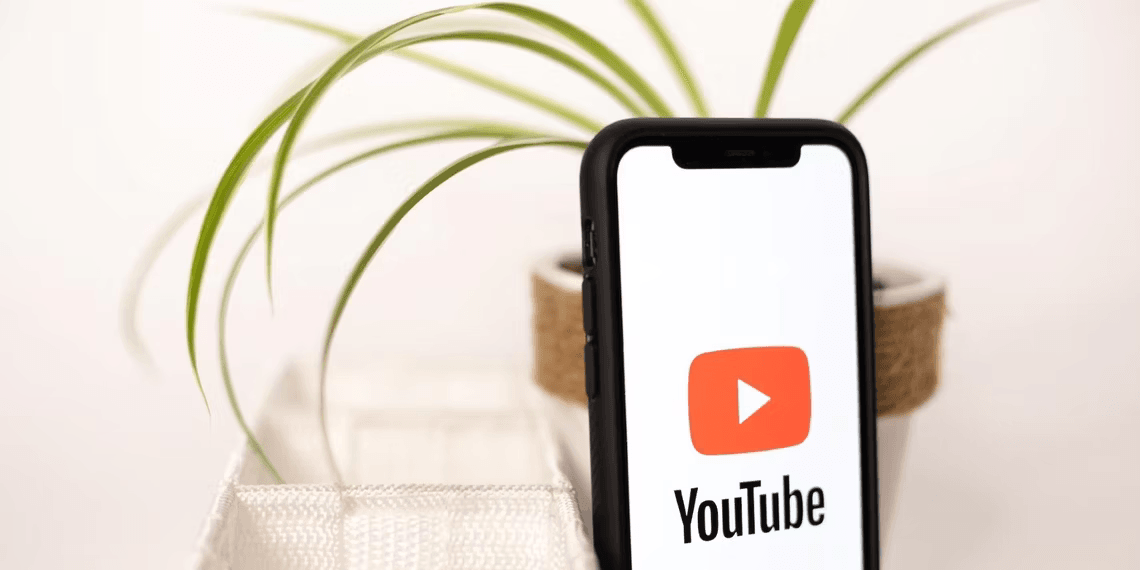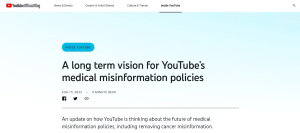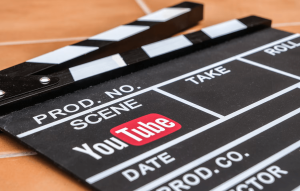- 15 September 2023
- 311
Is YouTube Doing Enough to Combat Health Misinformation?

Is YouTube Doing Enough to Curb Health Misinformation?
In an era where misinformation and disinformation flood the online world, YouTube has faced increasing scrutiny over its role in spreading health-related inaccuracies. The video-sharing platform has made several policy adjustments to address this issue, but the question remains: are these changes sufficient to promote trustworthy health content and protect users?
Understanding Health Misinformation
Before delving into YouTube’s efforts, let’s clarify what we mean by health misinformation. It’s important to distinguish it from disinformation. Health misinformation is simply inaccurate information shared online, often unintentionally. On the other hand, disinformation is false information deliberately spread to manipulate and deceive.
Misinformation can be insidious, particularly on platforms like YouTube, where confident claims by creators can sway viewers without question. This is why YouTube has been taking steps to crack down on health-related misinformation.
YouTube’s Changing Policies
YouTube’s journey to combat health misinformation has been marked by a continuous evolution of its policies. In August 2023, Google announced a significant update to YouTube’s medical misinformation policies. This move came as a response to the platform’s history of being a source of damaging misinformation.
The core mission of YouTube’s policy changes is to strike a balance between removing harmful content and preserving space for legitimate debate and discussion. This is in line with the platform’s goal to provide high-quality content from credible sources.

The Three Categories of Misinformation
To streamline its efforts, YouTube has categorized medical misinformation into three main types:
- Prevention misinformation: YouTube will remove content that contradicts official guidance on preventing specific health conditions and the safety of approved vaccines.
- Treatment misinformation: Content contradicting official health guidance on treatments for specific conditions, including promoting harmful substances or practices, will be taken down.
- Denial misinformation: Content disputing the existence of specific health conditions, such as COVID-19 denial, will also be removed.
Additionally, YouTube is now cracking down on cancer treatment misinformation, recognizing the need to protect vulnerable individuals seeking advice and support online.
YouTube’s Past Missteps
YouTube’s history hasn’t been without its fair share of troubles regarding misinformation. In 2022, it was revealed to be a major source of online disinformation and misinformation worldwide. The platform was criticized for not doing enough to combat the spread of falsehoods and for enabling manipulation by certain actors.
During the 2020 US Presidential election, YouTube faced challenges in implementing protective policies against false claims, allowing misleading narratives to thrive.

Strengthening YouTube’s Efforts
While YouTube has taken substantial steps, there are still opportunities for improvement. In addition to its current initiatives, the platform could automatically flag potential health misinformation to viewers. Similar to how Instagram warns users of sensitive content, YouTube could protect viewers by flagging videos lacking professional credentials or scientific backing.
How to Protect Yourself on YouTube
As a viewer, you can also play a role in safeguarding yourself from health misinformation on YouTube:
- Check for recognized credentials: Assess the authority of creators discussing health topics. Are they qualified in the field they’re discussing?
- Identify affiliations: Be cautious if the creator is promoting products or services, as this may indicate ulterior motives.
- Beware of sensationalism: Misinformation often thrives on sensational titles and extreme claims. Exercise skepticism when encountering such content.
If you do come across health misinformation, consider reporting it to YouTube. Your actions can help combat the spread of false health information and protect fellow viewers.
Conclusion: Stay Vigilant
In conclusion, while YouTube is making efforts to tackle health misinformation, it’s not a foolproof solution. As a responsible viewer, it’s crucial to remain vigilant. Look for creators with professional credentials, be wary of sensationalism, and report misinformation when you encounter it. In this digital age, being a discerning consumer of health information is more important than ever.
Table: YouTube’s Efforts to Combat Health Misinformation
| Policy Changes | Categories of Misinformation | Past Challenges |
|---|---|---|
| Continuous policy adjustments | Prevention misinformation | Being a major source of disinformation |
| Striking a balance between removal and debate | Treatment misinformation | Slow response during the 2020 US election |
| Categorizing misinformation | Denial misinformation | Hosting COVID-19 misinformation in 2020 |
| Cracking down on cancer treatment misinformation |
Table: How to Protect Yourself on YouTube
| Tips for Viewers |
|---|
| Check for recognized credentials |
| Identify affiliations or sponsorships |
| Beware of clickbait or sensationalist titles |
| Report health misinformation to YouTube |

